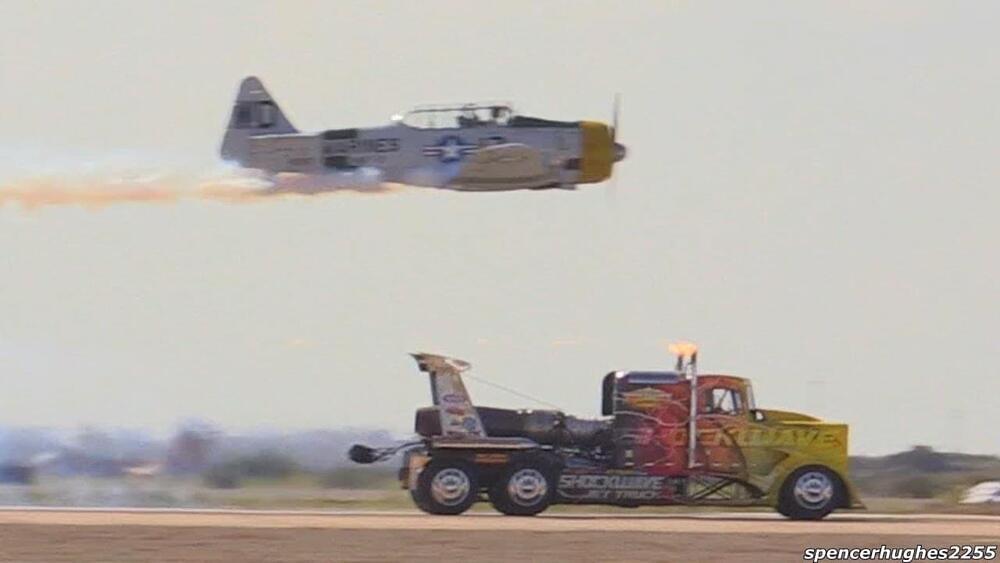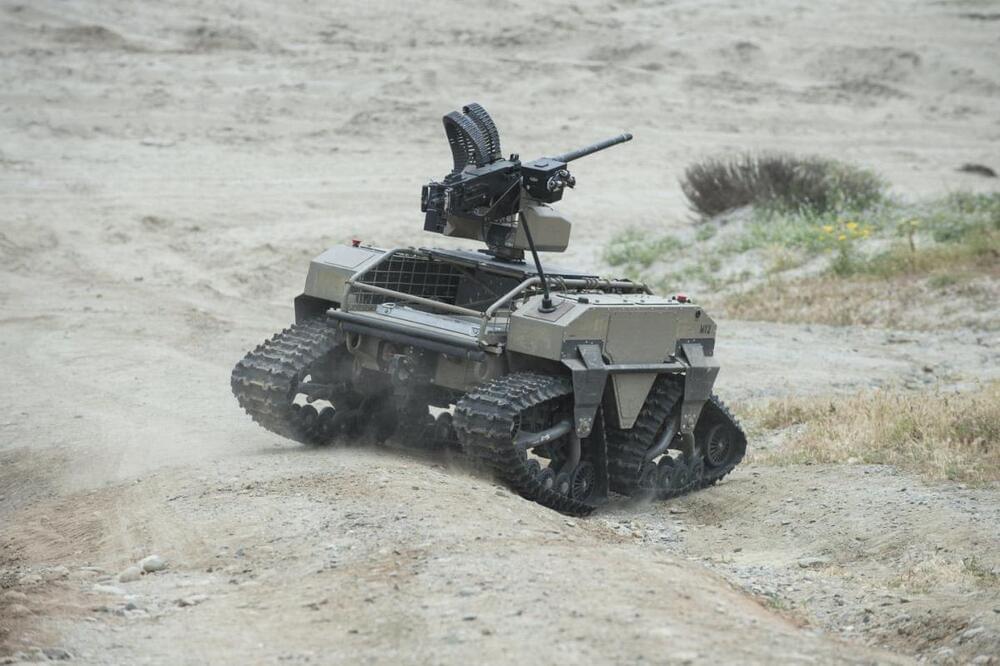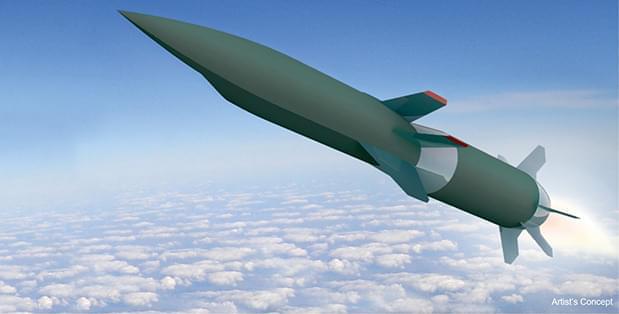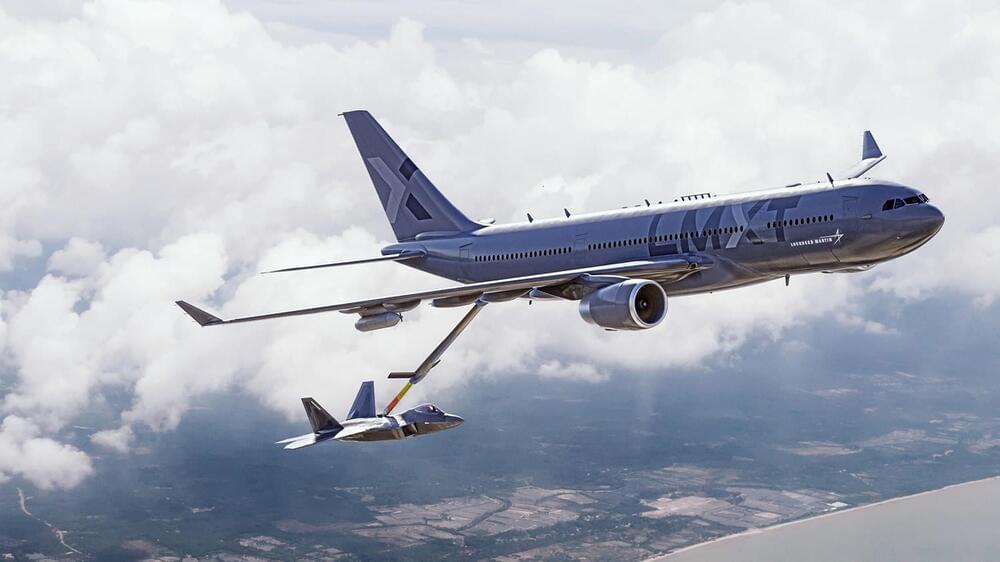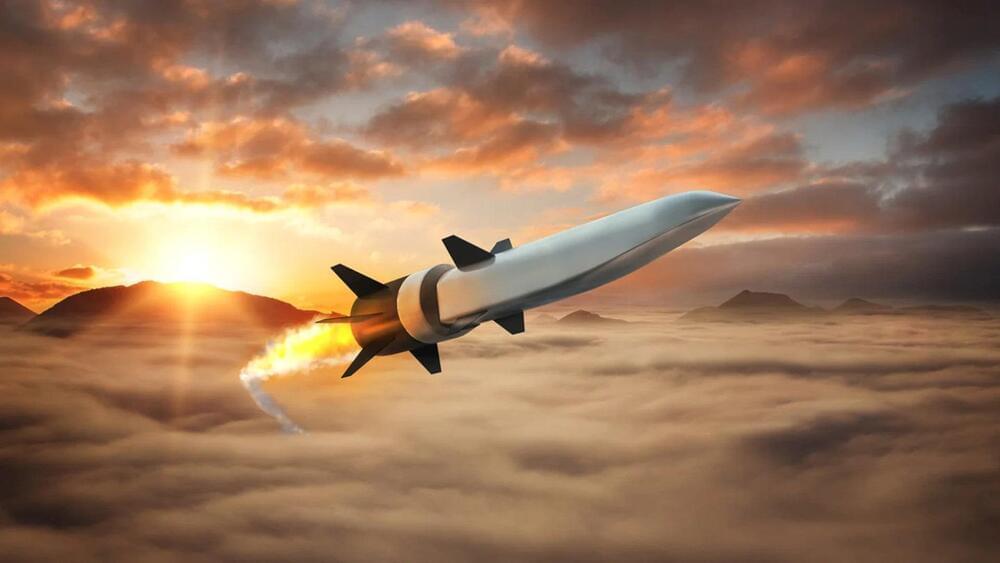This week’s episode is brought to you by The Space Force. For more information, please go to http://www.spaceforce.com #sponsored.
How much of your life is touched by space? On this episode, Neil deGrasse Tyson and comic co-host Chuck Nice break down the newest branch of the US military, The Space Force, with Charles Liu, Major General DeAnna Burt, and Dr. Moriba Jah. Is this one step closer to Star Wars?
Discover the alliance between astrophysics and the military. What ways are there to destroy a satellite? Charles Liu teaches us about electromagnetic pulses– EMPs– and how they disrupt electronics. Can people be safe from a detonated EMP, like in the movies? How do we protect ourselves against EMPs?
Next, we speak with Major General DeAnna Burt about her role within The Space Force and what it’s like to form an entire branch of the military from scratch. Who came up with the name Space Force? Is the creation of The Space Force an escalation of military tensions in the world? Is it a step towards war in space? Find out about geosynchronous robotic arms, kinetic kill vehicles, and what The Space Force really does to protect us against threats that exist already. We discuss satellites and just how much of daily life on earth is touched by space. How far does space go? Is The Space Force for the domain of the universe itself?
What’s the potential for warfare in space? Or the possibility of Star Wars? How do we work together to ensure fights don’t extend into space? Moriba Jah breaks down the objects we’re tracking in our orbit. What do you do when an object is on track to hit another object in orbit? We also discuss the Kessler Effect and what it means for the future of our orbits. How do you regulate and track the booming private satellite industry? All that plus, what about non-human threats?
Thanks to our Patrons Lisa Cotton, Luis Stark, Oscar h, Travis Mansfield, Justin Thomas, Josh Wise, and Astaroth for supporting us this week.

